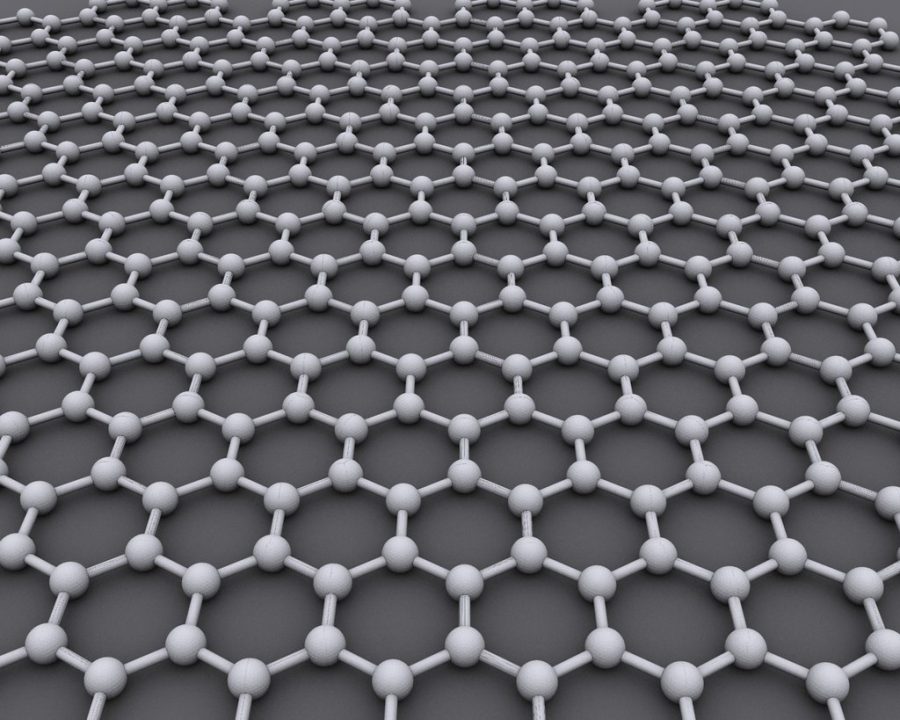Graphene and Its’ Applications
The material that’s about to revolutionize the world.
A material over two hundred times stronger than steel and a thousand times lighter than paper shouldn’t exist…right? Well, graphene fits this description perfectly. Graphene has potentially become the material that changes the world. Businesses and industries are trying to get their hands on graphene. But other than its strength and size, graphene is a great conductor of heat and electricity.
Graphene
Graphene is an allotrope of carbon, which means that graphene is one of the many different physical forms of carbon. Graphene contains a single sheet of carbon atoms organized in a hexagonal lattice. This structure makes this material the strongest in the world. Graphene can be used to enhance the strength of another material. Graphene is in building materials or materials used for aerospace technology. Graphene can be applied to batteries, electronics, sensors, and coatings.
Applications
Applications of graphene include anti-corrosion coatings, electronics, and accurate sensors. Graphene can be combined with paint to create a coating that stops the creation of rust. This paint could be used on ships, which could stop the deterioration of the hull of a ship. Researchers have shown that graphene can be used as a strain gauge, which is a sensor whose electrical resistance depends on the force acting upon it. The electrical resistance can then be measured. Graphene-based strain gauges can detect even the slightest forces. These sensors are ultra-sensitive and can detect the force of a feather. Graphene can also be used as a material for transistors. The world’s smallest transistors were created using graphene. The more miniature the transistors are, the better they can execute tasks within a circuit. Graphene-based computer chips have also shown to be better than silicon-based computer chips, which are the computer chips most computers have. Batteries that are made by graphene could be made flexible and light. These batteries could be stitched into clothing, which could allow the battery to charge using body heat. This could impact soldiers that carry, on average, sixteen pounds of battery. So, by making batteries lighter, the burden put on soldiers will be lessened.
RELATED STORIES:
https://www.graphene-info.com/graphene-introduction
https://www.graphene.manchester.ac.uk/learn/applications/
https://www.sciencedirect.com/science/article/abs/pii/S0008622313004880
https://pubs.acs.org/doi/10.1021/acsami.0c19188
https://www.theguardian.com/science/2013/nov/26/graphene-molecule-potential-wonder-material
TAKE ACTION:















